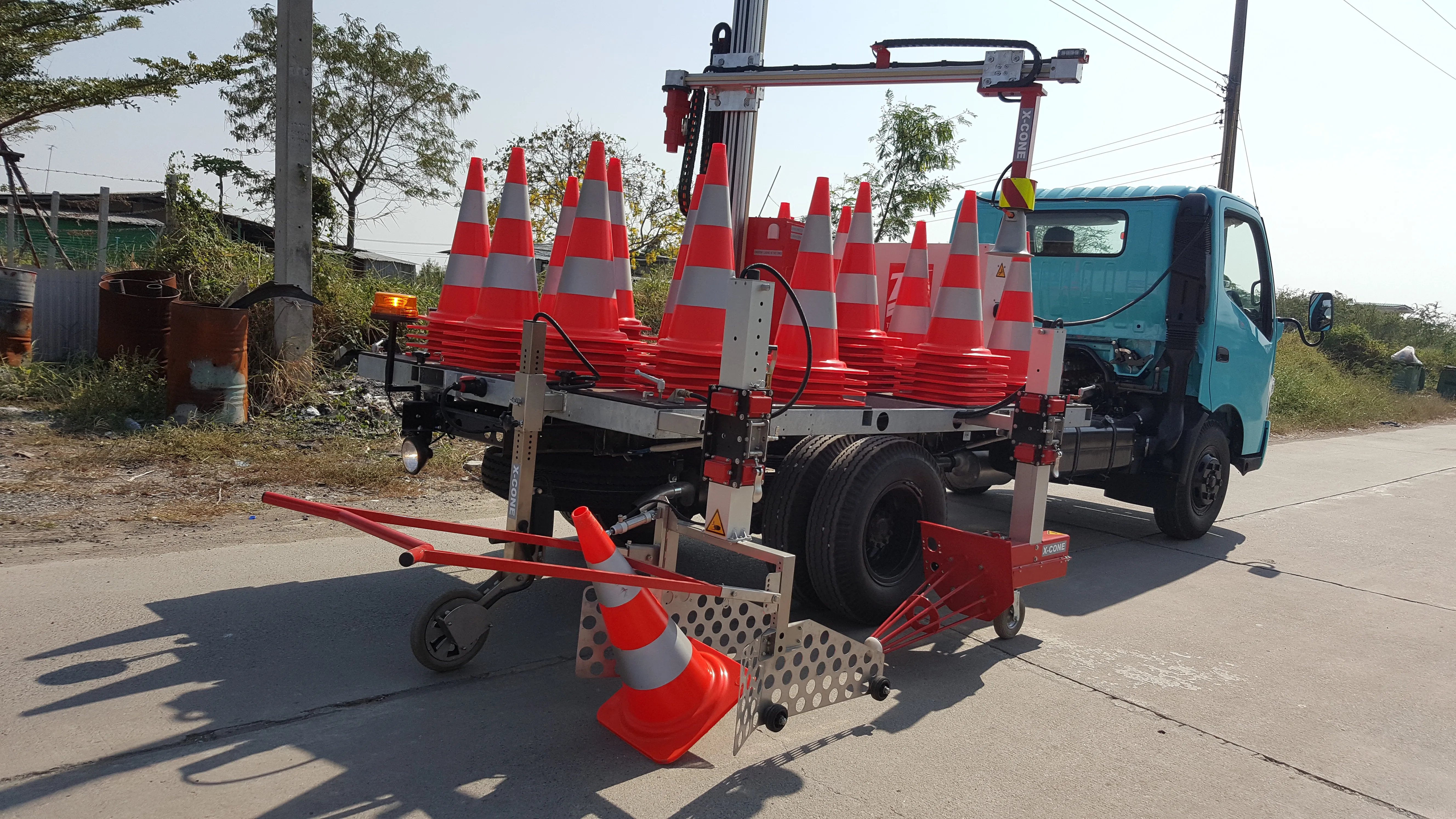Researchers in Australia are develop a roadside test that can determine whether drivers are too drowsy to be behind the wheel. The system uses special glasses that track eye movements and measure the length of blinks, which are factors thought to identify whether a person is fatigued. The system is being developed as research suggests up to 20% of Australians have fallen asleep while at the wheel and 33% drive while tired once a month or more.
Driving while tired is thought to be as much a risk as being
February 23, 2017
Read time: 2 mins
Researchers in Australia are develop a roadside test that can determine whether drivers are too drowsy to be behind the wheel. The system uses special glasses that track eye movements and measure the length of blinks, which are factors thought to identify whether a person is fatigued. The system is being developed as research suggests up to 20% of Australians have fallen asleep while at the wheel and 33% drive while tired once a month or more.
Driving while tired is thought to be as much a risk as being drunk at the wheel. Fatigue is thought to be a factor in up to 20% of road crashes according to the Danish road safety expert, Jesper Solund. Research suggests that the majority of fatigue related incidents involve either a single car or a head-on crash. Drivers can be at greatest risk from fatigue when driving in the darkness between 3am and 5am, with shift workers being particularly vulnerable.
Driving while tired is thought to be as much a risk as being drunk at the wheel. Fatigue is thought to be a factor in up to 20% of road crashes according to the Danish road safety expert, Jesper Solund. Research suggests that the majority of fatigue related incidents involve either a single car or a head-on crash. Drivers can be at greatest risk from fatigue when driving in the darkness between 3am and 5am, with shift workers being particularly vulnerable.








